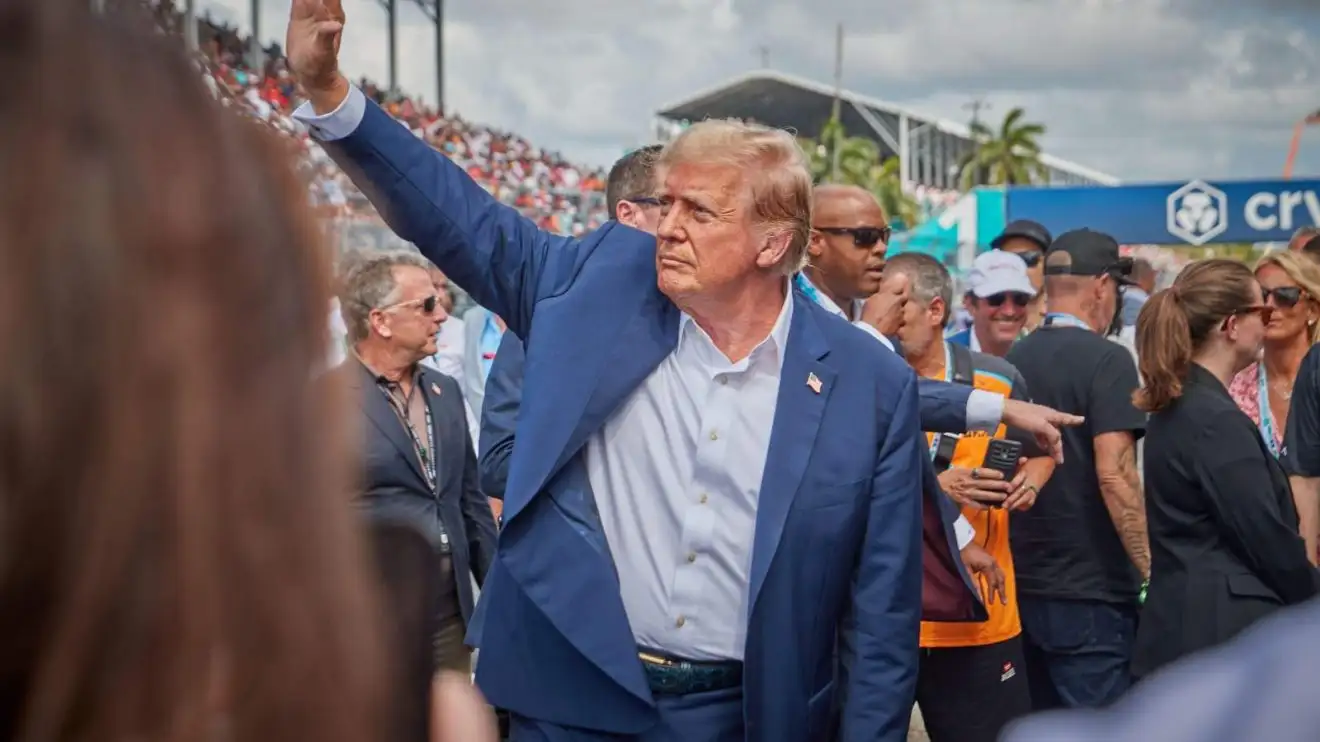General Motors President Mark Reuss has acknowledged a projected $5 billion loss stemming from tariffs introduced by Donald Trump. However, Reuss insists that this economic strain will not derail the Cadillac Formula 1 initiative, set to debut in 2026. While acknowledging that reshoring manufacturing to avoid tariffs is a gradual process, Reuss emphasized that the F1 project is financially insulated. These losses, though substantial, are part of a broader corporate impact and won’t directly impede Cadillac’s motorsport ambitions.
A crucial element in Cadillac F1’s financial resilience lies in its investor structure. Unlike traditional teams funded solely by automakers, Cadillac F1 benefits from a hybrid model involving private investors. Dan Towriss, head of TWG Motorsports and a key investor, brings significant capital and connections. With affiliations to financial giant Guggenheim Partners, Towriss offers Cadillac a safety net that could absorb early costs and counterbalance tariff pressures.
Sponsorship will also be a cornerstone of Cadillac F1’s commercial approach. The team is actively courting a title partner, with negotiations spanning both domestic and international markets. F1 title sponsorships can bring in tens of millions annually, offering Cadillac a pathway to long-term financial sustainability. Additionally, partnerships with secondary sponsors — often overlooked but highly profitable — further mitigate the economic risks posed by external policies.
Another strategic advantage comes through driver selection. Cadillac F1 is reportedly considering drivers like Sergio Perez, who brings a substantial personal sponsorship portfolio. Backed by corporate giants such as Claro and KitKat, Perez could potentially deliver up to $30 million in sponsorship revenue. Choosing financially well-supported drivers may be a temporary solution, but it gives Cadillac F1 vital breathing room in its early development stages.
Ultimately, while tariffs pose a considerable financial hurdle for GM, Cadillac’s Formula 1 aspirations are shielded by a multifaceted strategy. Through investor backing, strategic sponsorships, and commercially advantageous driver selections, the team appears poised to offset economic disruptions and establish itself as a competitive presence on the global motorsport stage.
